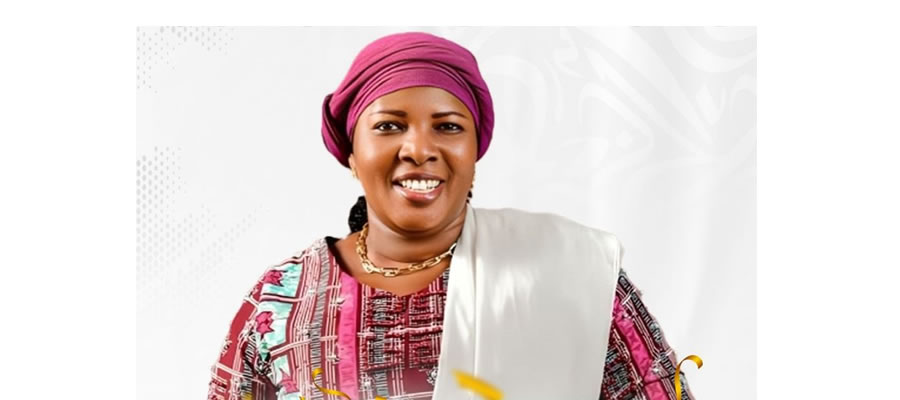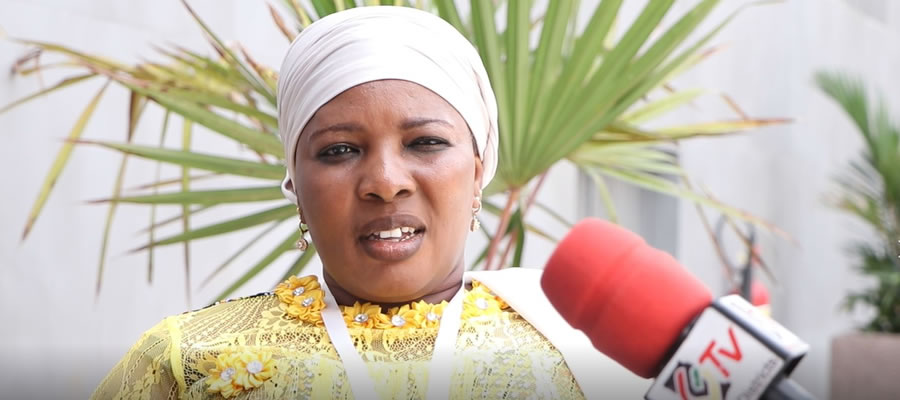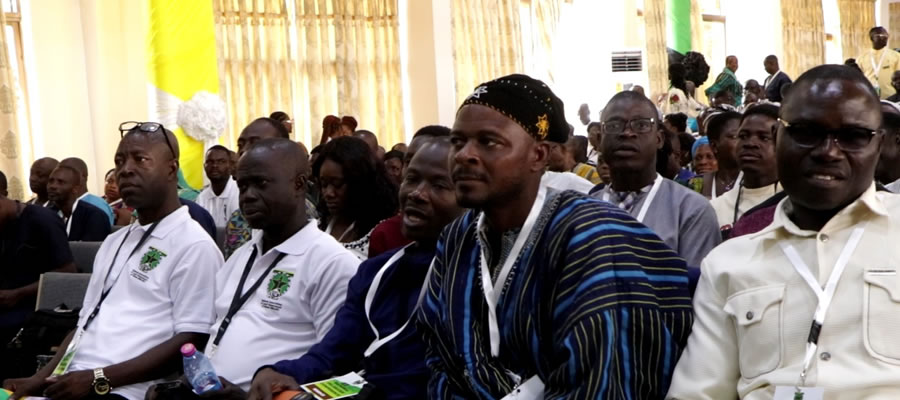

About 65 percent rely on pipe-borne water, 30 percent on well with pump, 2 per cent on hand dug well, about 3 percent rely on stream and other sources of water domestic purposes. Jinijini, Koraso/Nkantan communities are currently being provided with Pipe borne water. The Jinijini Water exists which is currently under expansion to improve on the service delivery. These projects are about 90% completed at the time of the review of the Profile i .e (September 2006).
Almost all the communities have one or two Boreholes fitted with pumps to provide all year season water. The Assembly is currently under the Community water and Sanitation Programme to further provide improved Water delivery to the people.
Access To Water And Sanitation Facilities
Majority (90%) of the households in the country have access to their source of water in less than 30 minutes. About 70% of households in the Brong Ahafo Region obtain their drinking water from an improved source which is lower than the national average/ Almost Households in the Berekum Municipality (99.3%) use improved water sources higher than the National and Regional averages as indicated in the table below:.
The Municipality is doing well in all the indicators listed above due to prudent and pragmatics measures and logistics at its disposal. These efforts however need to be maintained and sustained .
Sanitation
Under sanitation, issues considered include the type of toilet facilities available, methods of waste disposal and how towns are kept clean by cleaning the surroundings. The table below indicates the various types of toilet facilities commonly used by the people in the Berekum Municipality.
It can be seen from the table that a room occupancy rate of 3.2 persons is not much higher than the national rate of 3.0 but, there are instances where as much as about between 4 -7 people live in a room, hence the occupancy rate generally is not good.
Moreover, where as the rural areas are facing qualitative housing problems, the urban areas are facing quantitative housing problems. This is due to the fact that the complex method of construction makes it difficult for people to put up more houses and also inequalities in incomes make it difficult for the houses to be upgraded or maintained. In the urban centers, however, they put up good quality houses, but the rate of production does not much that of population growth.
Date Created : 11/15/2017 6:11:56 AM












 facebook
facebook
 twitter
twitter
 Youtube
Youtube
 +233 593 831 280
+233 593 831 280 0800 430 430
0800 430 430 GPS: GE-231-4383
GPS: GE-231-4383 info@ghanadistricts.com
info@ghanadistricts.com Box GP1044, Accra, Ghana
Box GP1044, Accra, Ghana